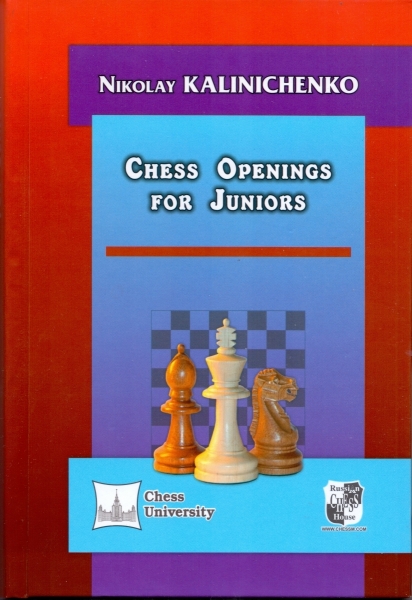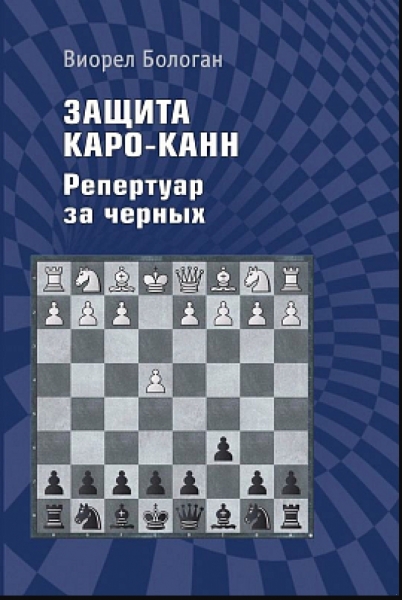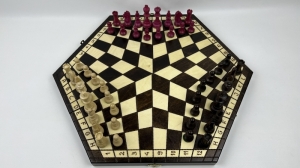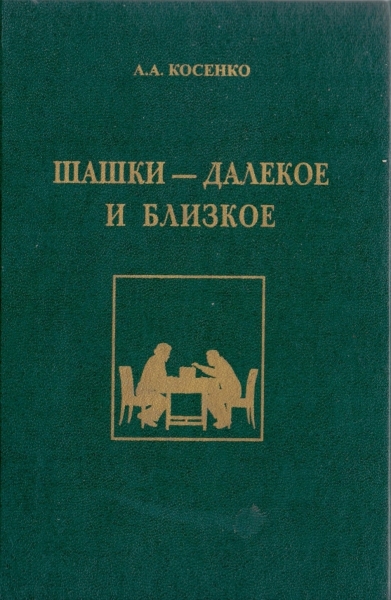CHECKERS BOOKS, MAGAZINES
-
33.33 $
The book contains 25 lessons on the theory of Russian drafts. The author places the main emphasis on the most difficult stage of the game - the middle game. A lot of information on the opening and endgame stages of the game. At the end of each lesson, positions are given for an independent solution, with answers.
-
The solution composed by the author and collected in the book compositions, most of which are combinational endings, will give lovers of Russian drafts a lot of pleasure. In the preface to the book from the editorial office it is reported that in this edition not only the composer's compositions, but also the endings of his parts, etudes are collected.
-
-
-
-
20.00 $
Iser Iosifovich Kuperman (April 21, 1922, Khabno ― March 6, 2006, Boston) ― Soviet and American draughts player (Russian and international draughts), international grandmaster (1958), draughts theorist. One of the largest draughts players of the XX century. Multiple USSR champion in Russian and international draughts, European champion in international draughts, seven-time world champion in international draughts. Honored Master of Sports of the USSR (1960); deprived of the title in 1978 during emigration to Israel. In 1940 he received the title of Master of Sports. He made his debut at the USSR championships in Russian draughts in 1945 and immediately won a landslide victory, and in subsequent years defended his title several times. After the introduction of competitions in international, stocklet draughts in the USSR, Kuperman undertook a thorough study of the literature devoted to them, and at the first USSR championship on the big board in 1954 he took first place. In 1958, having won the candidates tournament, Kuperman got the right to a match for the world championship with the reigning Canadian champion Marcel Deslauriers, and beat him, winning four victories with two defeats and 14 draws, thus becoming the first Soviet world champion in this discipline. By the end of the year, Kuperman was already an international grandmaster. Cooperman became the world champion, winning matches in 1959, 1961, 1965 and 1967. Two more times the title was awarded to him without a game: in 1963 and 1974, the World Championship matches did not take place (later the International Draughts Federation declared Senegalese Baba Si the world champion for 1963, while Kuperman was not deprived of the title). In 1978, Kuperman emigrated to Israel, and then to the United States, where he successfully competed in tournaments until old age. He won the American Pool Checkers Association Championship seven times (1984-1990), thus becoming the most titled master of this game, and the US International Draughts Championship eight times.
-
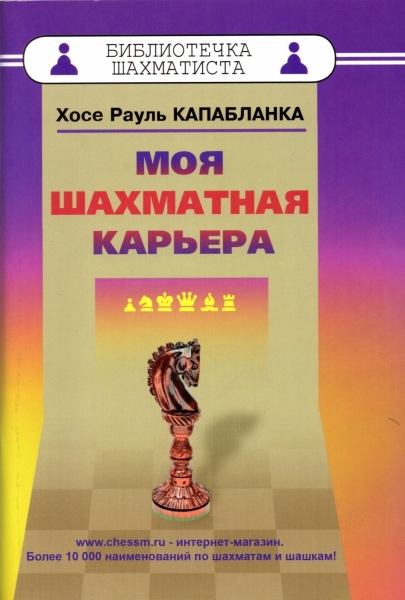 My chess career
Author:
My chess career
Author:
Capablanca 5.50 $ -
 Germany. Porcelain chess set - in historic style.
3250.00 $
Germany. Porcelain chess set - in historic style.
3250.00 $
-
 Mikhail Tal. All parties. Volume 2. 1963 - 1972
Author:
Mikhail Tal. All parties. Volume 2. 1963 - 1972
Author:
Khalifman 60.00 $ -
 Mikhail Tal. All parties. Volume 1. 1949 - 1962
Author:
Mikhail Tal. All parties. Volume 1. 1949 - 1962
Author:
Khalifman 60.00 $ -
 Chess. Fundamentals of the theory. (Artistic Exclusive Leather Binding) Art - (eb)
Author:
Chess. Fundamentals of the theory. (Artistic Exclusive Leather Binding) Art - (eb)
Author:
Maiselis 250.00 $ -
 Japanese chess shogi
Author:
Japanese chess shogi
Author:
Nosovsky 75.00 $ -
 Chess composition in Azerbaijan / Азəрбаjҹанда шаhмат композисиjасы
Author:
Chess composition in Azerbaijan / Азəрбаjҹанда шаhмат композисиjасы
Author:
Sarichev 62.50 $ -
 Check it out for you, reader
Author:
Check it out for you, reader
Author:
Yatskevich 15.00 $ -
 Notebook of the chess player of the Russian Chess Federation
4.25 $
Notebook of the chess player of the Russian Chess Federation
4.25 $
-
 Lessons of Mastery. Second edition, revised
Author:
Lessons of Mastery. Second edition, revised
Author:
Dvoretsky 18.75 $
 Русский
Русский  Английский
Английский 
